Aliquots
-
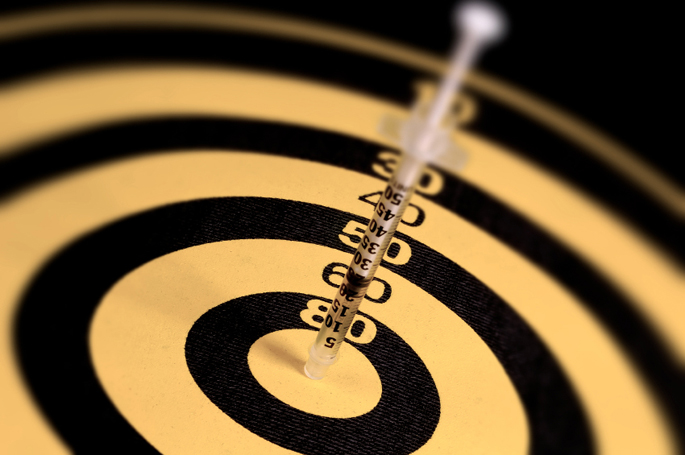
Targeting the “un-targetable”
A novel drug that targets the protein RSK blocked aggressive breast cancers from metastasizing in an animal model. Read MoreNov 18, 2016
-
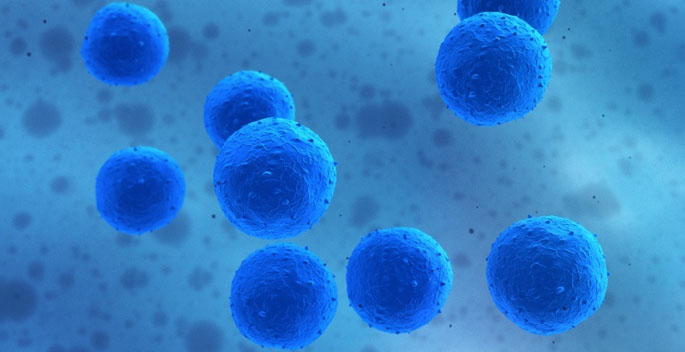
Stem cells promote tolerance
Blood-forming stem cells play a role in immune tolerance and acceptance of organ transplants, Vanderbilt researchers have discovered. Read MoreNov 17, 2016
-

Protein structure and epilepsy severity
Understanding how mutations affect the structure and function of inhibitory neurotransmitter receptors will shed light on the mechanisms underlying some types of epilepsy. Read MoreNov 10, 2016
-
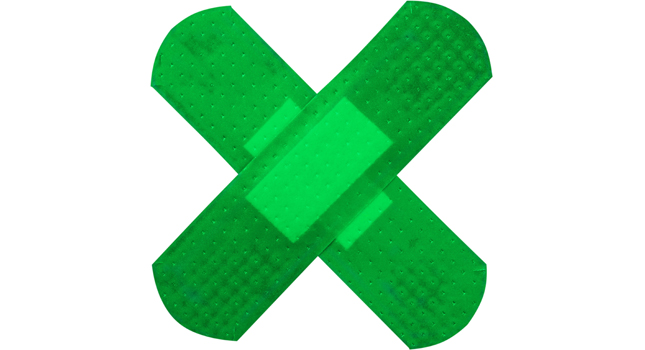
Improving wound healing
Vanderbilt researchers have shown that an injectable material improves wound healing and may be useful for large skin wounds such as those in patients with diabetes. Read MoreNov 8, 2016
-

Probing drug abuse circuitry
Vanderbilt researchers have identified cocaine-induced modifications at specific neuronal connections, which could aid the development of new therapies for substance abuse disorders. Read MoreNov 4, 2016
-
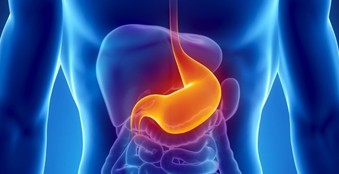
A DARPP role in gastric cancer
Vanderbilt researchers have discovered a link between Helicobacter pylori infection, inflammation and gastric cancer that could suggest new anti-cancer therapies. Read MoreNov 3, 2016
-
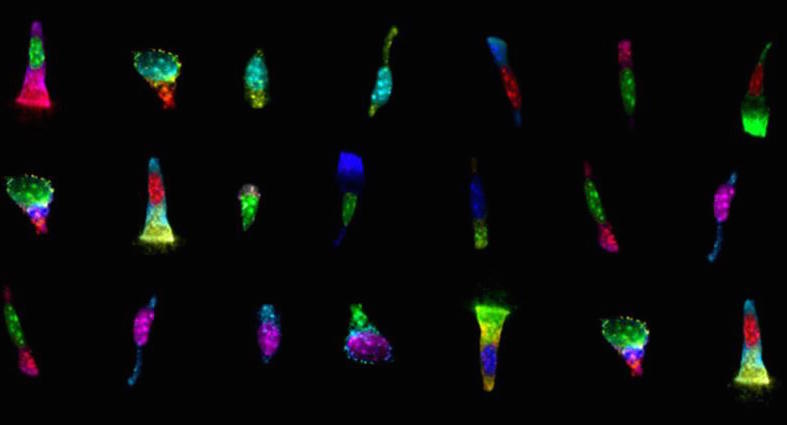
Single-cell study of tumor samples
A new method for analyzing cells in fixed biopsy tissues from patients by guide personalized treatment strategies for cancer. Read MoreOct 26, 2016
-

Sleep issues in children with diabetes
Lengthening sleep duration and reducing sleep disturbances in children with type 1 diabetes may improve diabetes outcomes and reduce parental stress. Read MoreOct 24, 2016
-

DNA damage response protein
Vanderbilt researchers have determined that a previously uncharacterized protein responds to DNA replication stress and has an essential role in maintaining the integrity of the genome. Read MoreOct 21, 2016
-

Preparing for a return of pox
To prepare for the potential of a smallpox return, Vanderbilt researchers are isolating and studying naturally occurring antibodies from the blood of previously infected or immunized people. Read MoreOct 20, 2016
-

Imaging probe for retinal disease
An imaging probe developed at Vanderbilt detects retinal inflammation early and may allow therapeutic intervention to prevent blindness. Read MoreOct 12, 2016
-

Culprits in genetic epilepsies
Genetic variation in GABA-A receptors confers risk for inherited forms of epilepsy. Read MoreOct 11, 2016
-

Rheumatoid subtypes explored by PheWAS
A computer-based method pioneered at Vanderbilt is being used to compare subtypes of rheumatoid arthritis. Read MoreOct 7, 2016
-

Motoring to the tips of the brush border
New findings implicate a motor protein in the assembly of the brush border in the intestines and kidneys – a specialized surface that is critical for healthy organ function. Read MoreOct 6, 2016
-

BMI genotype and breast cancer risk
For breast cancer prevention, a new study provides evidence for lifestyle modification to reduce weight gain in adults. Read MoreSep 29, 2016
-

Targeting norovirus “noxiousness”
New discoveries will guide efforts to develop vaccines or antiviral agents for norovirus, the most common cause of infectious diarrhea. Read MoreSep 28, 2016
-

Blood exposures for traditional healers
Traditional healers in sub-Saharan have a high rate of exposure to blood, putting them at risk for HIV and hepatitis C. Read MoreSep 23, 2016
-
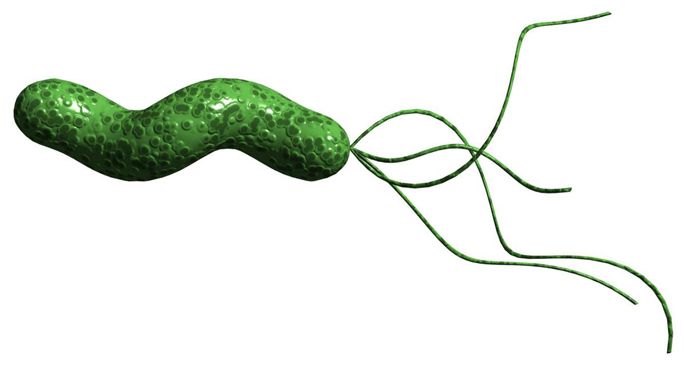
H. pylori and anemia – new evidence
The bacterium Helicobacter pylori has been linked to anemia and may be contributing to the incidence and severity of anemia worldwide. Read MoreSep 22, 2016
-
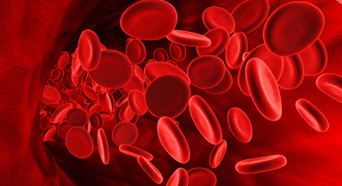
Restore T cells to fight leukemia
Modulation of T cell metabolism thus may represent a new therapeutic avenue for leukemia patients. Read MoreSep 14, 2016
-

Risk factors for delirium
High levels of blood markers for vascular endothelial dysfunction were associated with longer periods of confusion in ICU patients, Vanderbilt researchers have discovered. Read MoreSep 13, 2016